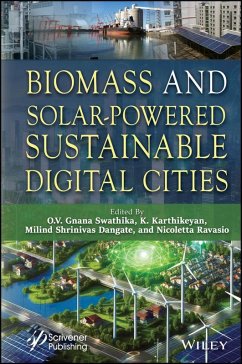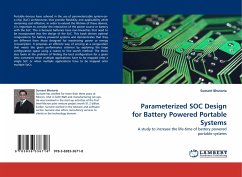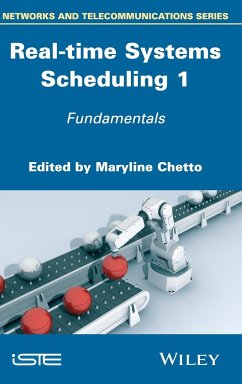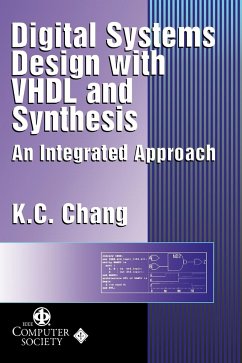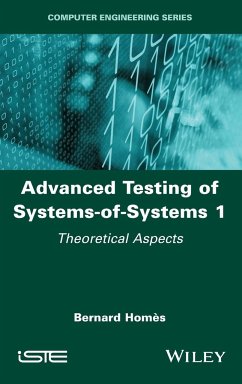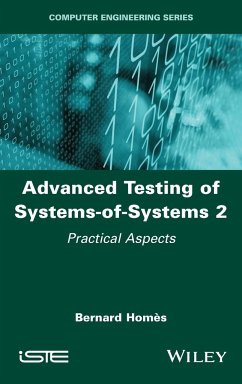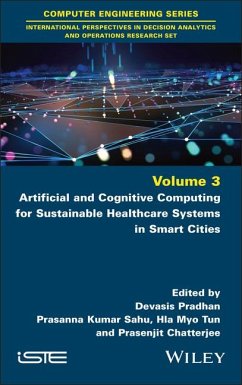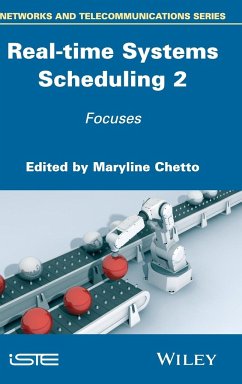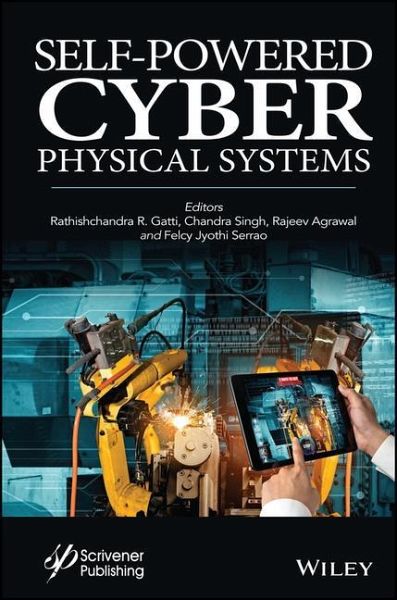
Self-Powered Cyber Physical Systems
Versandkostenfrei!
Versandfertig in über 4 Wochen
199,99 €
inkl. MwSt.
Weitere Ausgaben:

PAYBACK Punkte
100 °P sammeln!
This cutting-edge new volume provides a comprehensive exploration of emerging technologies and trends in energy management, self-powered devices, and cyber-physical systems, offering valuable insights into the future of autonomous systems and addressing the urgent need for energy-efficient solutions in a world that is increasingly data-driven and sensor-rich. This book is an attempt to aim at a very futuristic vision of achieving self-powered cyber-physical systems by applying a multitude of current technologies such as ULP electronics, thin film electronics, ULP transducers, autonomous wirele...
This cutting-edge new volume provides a comprehensive exploration of emerging technologies and trends in energy management, self-powered devices, and cyber-physical systems, offering valuable insights into the future of autonomous systems and addressing the urgent need for energy-efficient solutions in a world that is increasingly data-driven and sensor-rich. This book is an attempt to aim at a very futuristic vision of achieving self-powered cyber-physical systems by applying a multitude of current technologies such as ULP electronics, thin film electronics, ULP transducers, autonomous wireless sensor networks using energy harvesters at the component level and energy efficient clean energy for powering data centers and machines at the system level. This is the need of the hour for cyber-physical systems since data requires energy when it is stored, transmitted, or converted to other forms. Cyber-physical systems will become energy hungry since the industry trend is towards ubiquitous computing with massive deployment of sensors and actuators. This is evident in using blockchain technologies such as Bitcoin or running epochs for artificial intelligence (AI) applications. Hence, there is a need for research to understand energy patterns and distribution in cyber-physical systems and adopt new technologies to transcend to self-powered cyber-physical systems. This book explores the recent trends in energy management, self-powered devices, and methods in the cyber-physical world. Written and edited by a team of experts in the field, this book tackles a multitude of subjects related to cyber physical systems (CPSs), including self-powered sensory transducers, ambient energy harvesting for wireless sensor networks, actuator methods and non-contact sensing equipment for soft robots, alternative optimization strategies for DGDCs to improve task distribution and provider profits, wireless power transfer methods, machine learning algorithms for CPS and IoT applications, integration of renewables, electric vehicles (EVs), smart grids, RES micro-grid and EV systems for effective load matching, self-powered car cyber-physical systems, anonymous routing and intrusion detection systems for VANET security, data-driven pavement distress prediction methods, the impact of autonomous vehicles on industries and the auto insurance market, Intelligent transportation systems and associated security concerns, digital twin prototypes and their automotive applications, farming robotics for CPS farming, self-powered CPS in smart cities, self-powered CPS in healthcare and biomedical devices, cyber-security considerations, societal impact and ethical concerns, and advances in human-machine interfaces and explore the integration of self-powered CPS in industrial automation. Whether for the veteran engineer or student, this volume is a must-have for any library.




